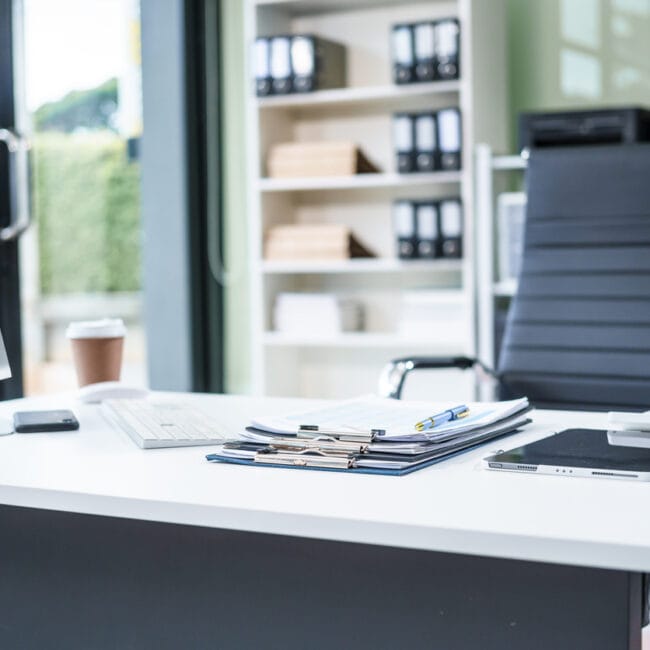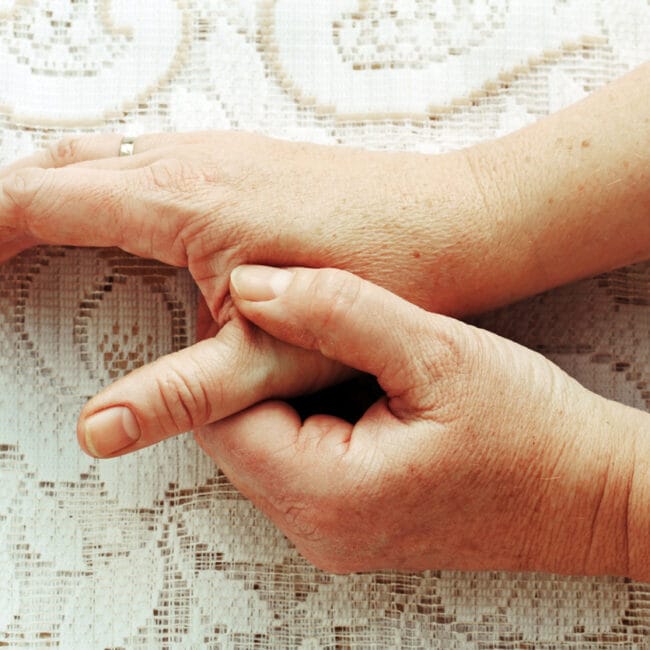Orthotics are customised shoe inserts that can be used to address a number of health issues, from foot problems to back pain. There are two different types of orthotics, which are each used to deal with different problems. Here we’ll help you decide if orthotics are for you, and if so, which kind.
Custom Orthotics
Also known as rigid orthotics, custom orthotics are typically used in cases that have become quite advanced. Supination and pronation are examples of problems that can be treated with custom orthotics. This is when the foot rolls excessively outwards (supination) or excessively inwards (pronation) as the foot comes in contact with the ground. Over time, this causes the feet to roll and become deformed. This in turn can lead to other problems, such as pain running up the legs, or changes in posture.
Custom orthotics are individually made by a podiatrist. After a thorough examination, the podiatrist will look at how the feet are misshapen, and create inserts to force them back into the correct position. These are the fastest and most effective way to treat a wide range of foot issues.
Heat Moulding Orthotics
Heat moulding orthotics are a less expensive alternative to custom orthotics that can be used in many less advanced cases of issues such as pronation. They operate in largely the same way as custom orthotics, but rather than being made by a specialist on a case-by-case basis, they are available to purchase off the shelves.
Heat moulding orthotics are usually made of Ethylene vinyl acetate, or EVA. EVA is a specialised plastic that feels like soft rubber, but provides incredible support. The inserts are heated, which softens the material. They then mould to the shape of the feet and cool down, hopefully in such a way that the problems will be corrected. Although a much cheaper alternative to custom orthotics, there is a risk of using heat moulding orthotics incorrectly and making the situation worse, so make sure to see a specialist before trying to treat any problems yourself.
Insoles
Lastly, there is also the option of getting insoles. Insoles are the cheapest of all three options, but for good reason. These are mass produced cheaply to suit as many people as possible, so they are not an effective method of dealing with individual problems. While insoles can have benefits, they should not be confused with orthotics. For more information on the differences between the two, check out this article.
Find out more about Spectrum Foot Clinics’ custom orthotics service here.











